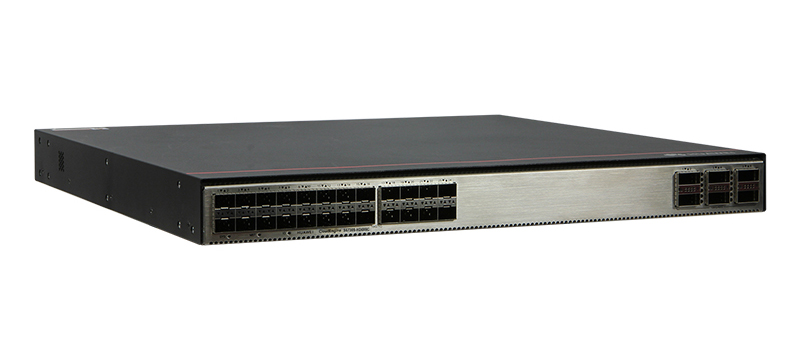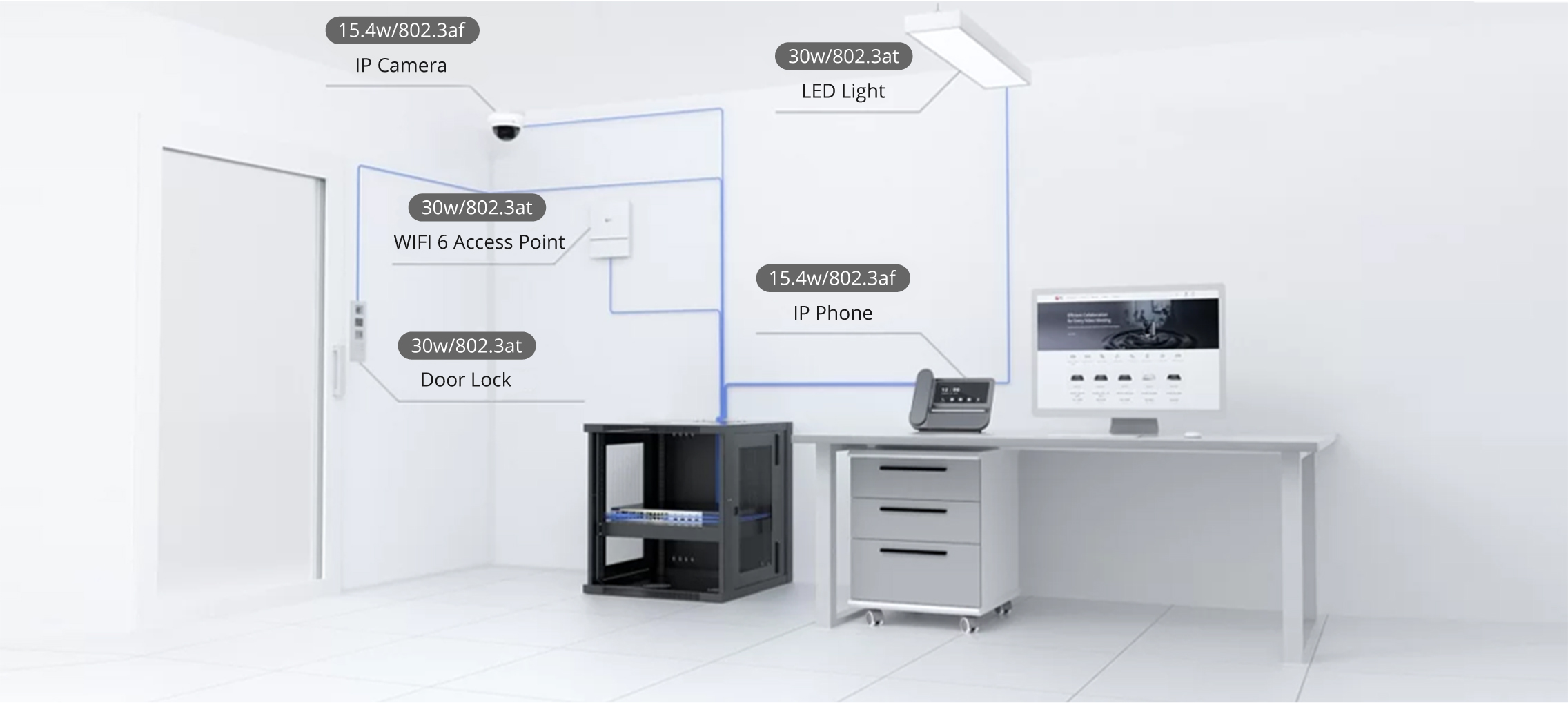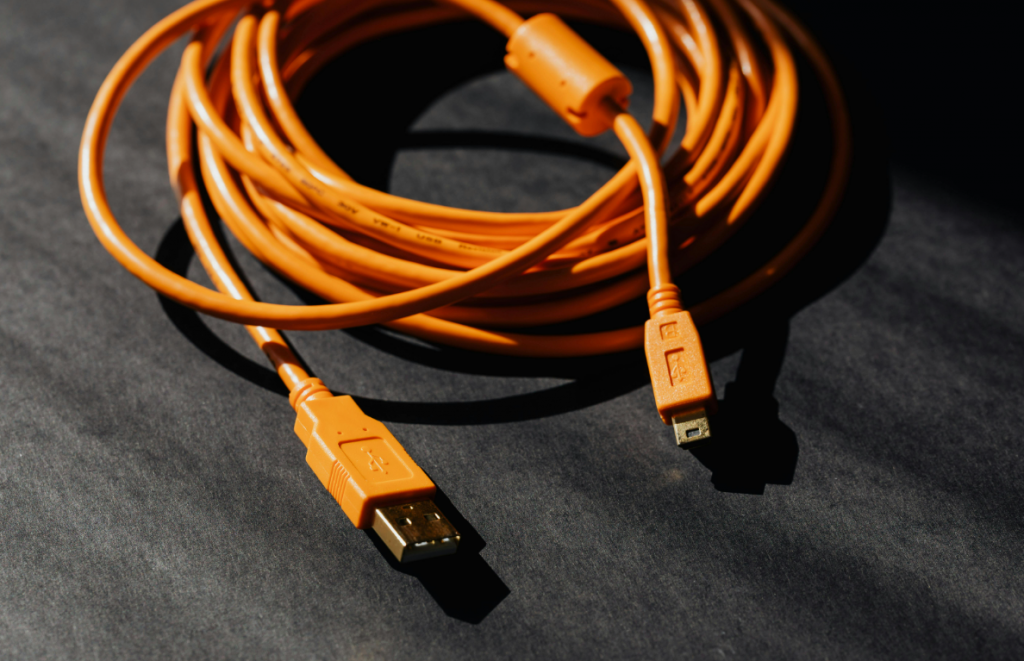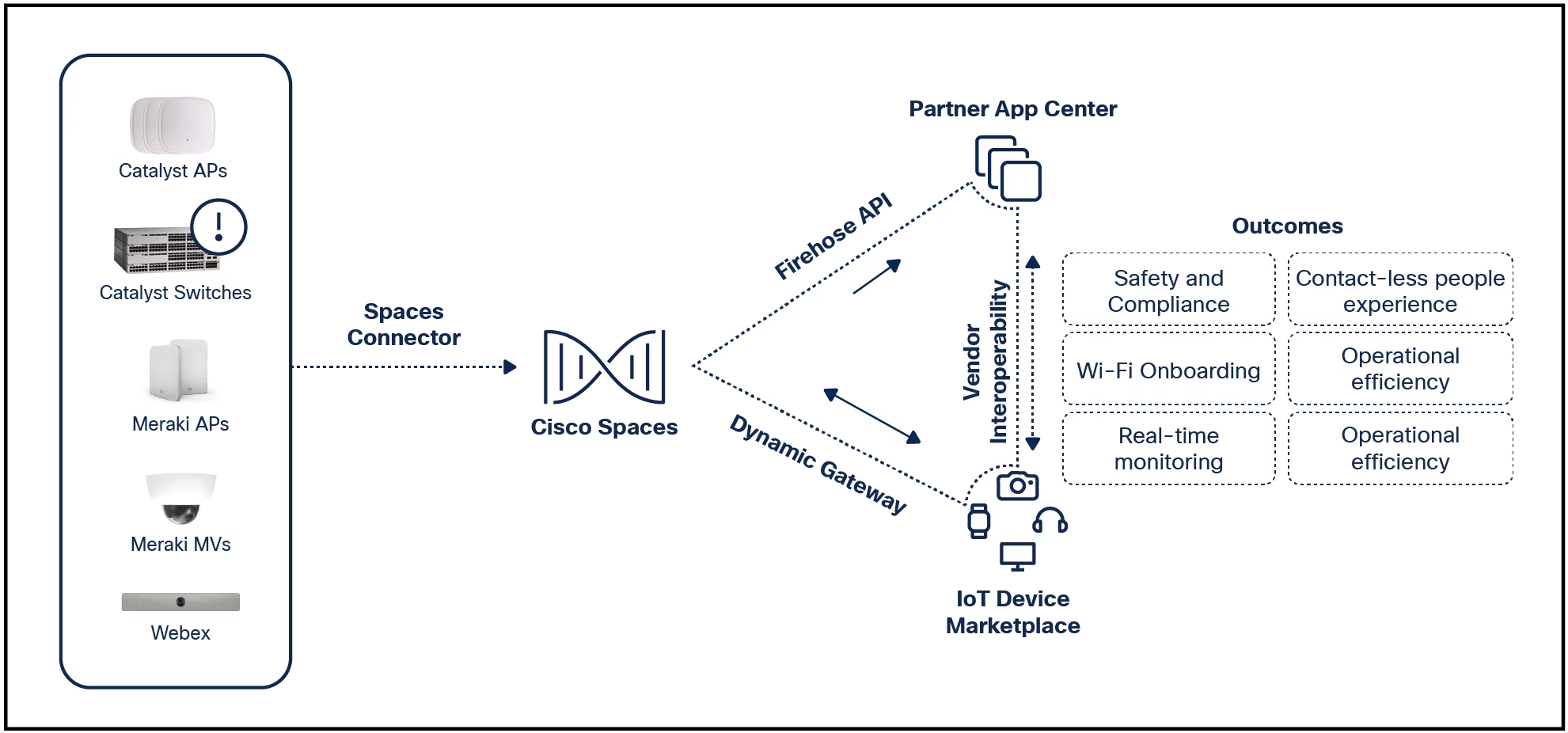































This article explains how to get the latest updates for your Mac operating system.
Before updating, it's a good idea to create a backup to ensure you don't lose any data-especially if you're installing a new major version.You can easily do this using Apple's free Time Machine backup tool and an external hard drive.
Follow these steps if you currently have macOS Ventura or a newer version:
Not sure which version of macOS you're running?OpentheApplemenuin the top left-hand corner of the screen, then clickAbout This Mac.A window will open showing your Mac's operating system information and other vital specs.
SelectSystem Settingsfrom theApple menu.
:max_bytes(150000):strip_icc()/apple-menu-6ed0d21954504bf18c2b4185f0e79b92.png)
Go toGeneral>Software Update.
:max_bytes(150000):strip_icc()/macos-general-settings-77f780db374044f9b92dfb218d156053.png)
Your computer will look for the latest version and prompt you to install the update if one is available.
:max_bytes(150000):strip_icc()/macos-software-update-94fb3591d67248afba046c26d3bb40d7.png)
On this screen, you can select the(i)button to turn on automatic updates for macOS and App Store apps.
Follow these steps to update macOS Mojave, Catalina, Big Sur, or Monterey:
Some users of older Macs have reported issues after upgrading to macOS Monterey and say it can create serious problems for iMac, Mac mini, and MacBook Pro.Check with Apple to be certain your device can upgrade to macOS Monterey before attempting the update.
ClickSystem Preferencesfrom the Apple menu.
:max_bytes(150000):strip_icc()/011-how-to-update-a-mac-0a34e4f720dd43198ddea19da53b606b.jpg)
ClickSoftware Update.
:max_bytes(150000):strip_icc()/002-how-to-update-a-mac-240a942707b24c609502af140be53e8d.jpg)
ClickUpdate Now. If you haven't upgraded to macOS Big Sur yet, clickUpgrade Nowinstead.
:max_bytes(150000):strip_icc()/003-how-to-update-a-mac-a2d70660dd124fa58ffa5bb1dd3f8179.jpg)
If you'd like updates to be installed automatically, check off the box next toAutomatically keep my Mac up to date.
Older Macs can't download updates using the above methods. Here's how to update your Mac if it's running High Sierra (10.13), Sierra (10.12), or an earlier OS.
Open App Storefrom the Apple menu.
:max_bytes(150000):strip_icc()/005-how-to-update-a-mac-87df5e56fbb64882a53d53edf546c462.jpg)
ClickUpdatesin the left sidebar.
:max_bytes(150000):strip_icc()/006-how-to-update-a-mac-ea89483637bc446aaedae34b4bf80830.jpg)
If a macOS update is available, clickUpdate. You'll also be able to download updates for Mac apps on this screen.
Apple typically puts out new versions of macOS once a year. The latest version, macOS Sonoma, is compatible with these computers. Beginning with Mavericks (10.9) in 2013, every new version of macOS has been made available for free for all Mac owners.
Apple regularly releases updates for its Mac operating system, macOS. While it can be tempting to delay or put off installing these updates altogether, keeping your Mac up-to-date is essential. Apple's software updates frequently fix security vulnerabilities, general bugs and sometimes even add new features.
Here's how to upgrade your Mac to the latest version of macOS it will support:
Launch theApp Store.
Search formacOS.
:max_bytes(150000):strip_icc()/007-how-to-update-a-mac-6023d92e72a74da98bbaf07f016dd30a.jpg)
Find the version of macOS you'd like to download and clickVIEW.
:max_bytes(150000):strip_icc()/008-how-to-update-a-mac-8537310e7d95484d990f1e545c20d112.jpg)
ClickGETto begin downloading. You may need to enter your Apple ID password or use Touch ID to confirm.
:max_bytes(150000):strip_icc()/009-how-to-update-a-mac-dbe3f7be95d1473f89b57d6a981124dc.jpg)
Once the download is complete, installation should begin automatically. This can take up to a few hours to complete.
You can keep your software updated on a Mac using the App Store. Open theApple menu to see if you have any updates available, then selectApp Storeif you do. Once the App Store opens, selectUpdates.
Select theFindericon in the Dock, then chooseApplications. Next, drag the software you want to remove to theTrashicon. Or, if it's in a folder, check if it has an uninstaller and then run the installer.
Transfer documents, photos, and other files to iCloud to free up storage space. You can also go into the Storage Management tool and selectOptimize Storage, which automatically removes Apple TV films and shows you've watched and older email attachments. Lastly, set your Recycle Bin to automatically delete its contents after 30 days to keep those unwanted files from piling up.
 Tags quentes :
Computers
Tags quentes :
Computers